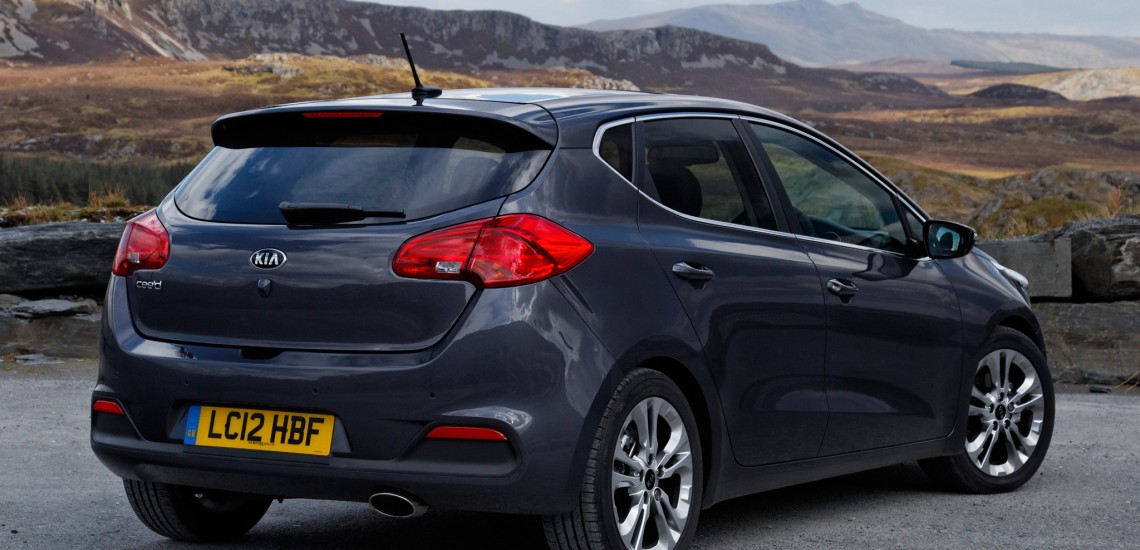Is the Kia Ceed JD a Future Classic? Examining the Potential of Kia’s European Success Story
The Kia Ceed, a name synonymous with Kia’s ambitious foray into the European market, has carved a significant niche for itself. Particularly, the second-generation model, the Kia Ceed JD (2012-2018), represents a turning point for the Korean manufacturer. This article delves into the question: Could the Kia Ceed JD, a practical and popular hatchback, one day be considered a classic car? We’ll analyze its key features, market positioning, and historical significance to assess its potential for future collectibility.
The Kia Ceed JD: A New Dawn for Kia in Europe
The Kia Ceed JD wasn’t just another car; it was a statement. Designed and engineered specifically for the European market, it represented Kia’s commitment to quality, reliability, and design. This model showcased a marked improvement over its predecessor, featuring:
- Enhanced Design: Sleeker lines, a more refined interior, and a more European aesthetic.
- Improved Build Quality: Noticeably better materials and assembly compared to previous Kia models.
- Advanced Technology: Features like touchscreen infotainment systems, parking sensors, and advanced safety features were readily available.
- Industry-Leading Warranty: Kia’s 7-year/100,000-mile warranty was a game-changer, instilling confidence in buyers.
- Wide Range of Engines: Offered with a selection of petrol and diesel engines, catering to various driving preferences and budgets.
These improvements helped the Ceed JD compete directly with established European rivals like the Volkswagen Golf, Ford Focus, and Opel Astra. It quickly gained popularity for its value proposition, reliability, and practicality.
Key Factors to Consider: Why the Ceed JD Might Not Become a Classic
While the Ceed JD has its merits, several factors could hinder its future classic car status. These include:
- High Production Numbers: The Ceed JD was a mass-produced vehicle, meaning a relatively large number still exist, reducing its rarity.
- Focus on Practicality: Designed for everyday use, it prioritizes practicality and affordability over performance or exclusivity, which are often characteristics of classic cars.
- Competition: The compact hatchback segment is fiercely competitive, and while the Ceed JD was successful, it wasn’t necessarily groundbreaking in terms of innovation or performance compared to its rivals.
- Depreciation: Like most mass-market cars, the Ceed JD has already depreciated significantly, making it readily available on the used car market.
Potential for Collectibility: Why the Ceed JD Might Surprise Us
Despite the challenges, the Ceed JD possesses certain qualities that could contribute to its future collectibility:
- Historical Significance: The Ceed JD marked a significant shift for Kia, establishing it as a credible player in the European market. This historical context adds value.
- Build Quality and Reliability: Kia’s reputation for reliability has improved dramatically, and the Ceed JD is generally considered a dependable car, making it a potential candidate for collectors seeking a reliable classic.
- Specific Variants: Certain trim levels or engine configurations, especially the sportier GT models, could become more desirable to collectors in the future.
- Growing Interest in Modern Classics: There’s a growing trend of collecting more modern, affordable vehicles, shifting away from solely focusing on vintage cars. The Ceed JD could fit this niche.
- Affordability: Currently, the Ceed JD remains relatively affordable on the used car market, making it an accessible entry point for potential collectors.
The Verdict: A Cautious Optimism
The Kia Ceed JD’s journey to becoming a classic car is uncertain. While it lacks the inherent qualities of some classic cars (rarity, performance pedigree), it possesses enough positive attributes to warrant consideration. Its historical significance, build quality, and potential for specific variant collectibility offer a glimmer of hope.
Ultimately, the future of the Ceed JD as a classic car will depend on several factors, including its survival rate, the evolving tastes of car enthusiasts, and the overall narrative surrounding Kia’s rise to prominence in the automotive industry. It’s a car to watch, and one that could surprise us in the years to come.
Frequently Asked Questions (FAQs)
- What is the best Kia Ceed JD variant to buy for future collectibility? The GT models, with their sportier performance and unique features, are likely to be the most sought-after in the future. However, well-maintained examples of any Ceed JD variant could become desirable.
- How much does a Kia Ceed JD cost today? Prices vary depending on the year, mileage, and condition, but generally, you can find them for several thousand pounds/euros/dollars on the used car market.
- What are the common problems with the Kia Ceed JD? Generally, the Ceed JD is a reliable car. Common issues include potential problems with the air conditioning system and wear and tear on interior components. Regular maintenance is key.
- Where can I find a Kia Ceed JD for sale? You can find them on various used car websites, such as Auto Trader, eBay, and local car dealerships.
- Is the Kia Ceed JD a good car for daily driving? Absolutely! It’s a practical, reliable, and fuel-efficient car, making it a great choice for daily use.




